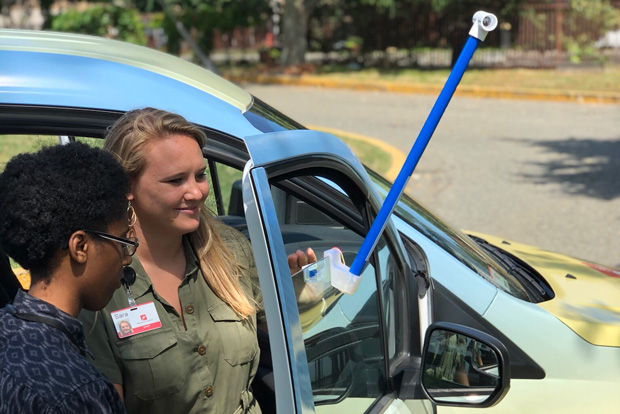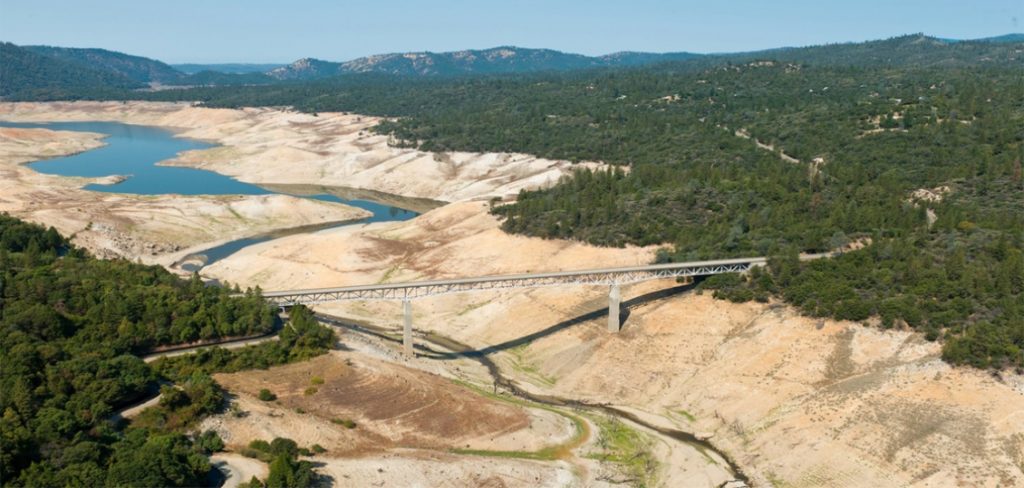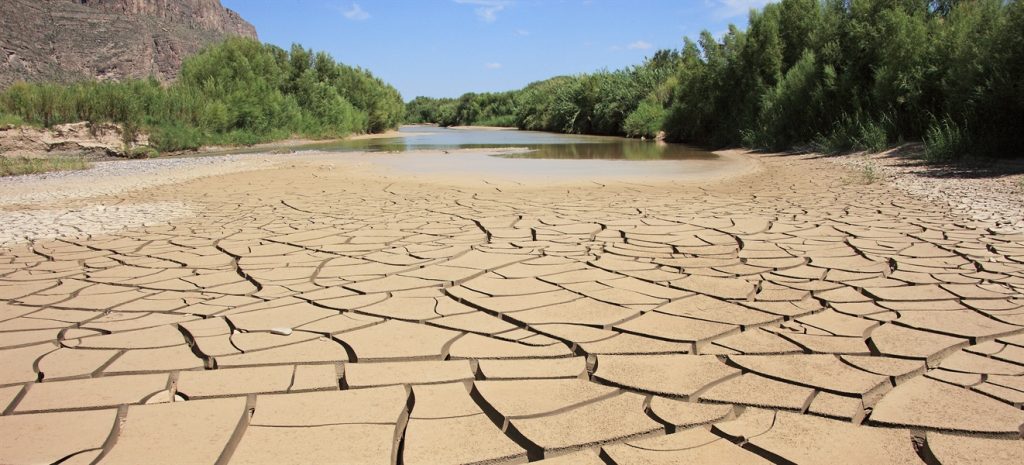Upcoming webinar: Mapping urban heat with community science, machine learning, and remote sensing
The webinar will take place on February 5 from 10am to 11am EST and will cover methods for mapping urban heat, results from past campaigns, and lessons learned over the 20 different urban field campaigns conducted since 2015.










